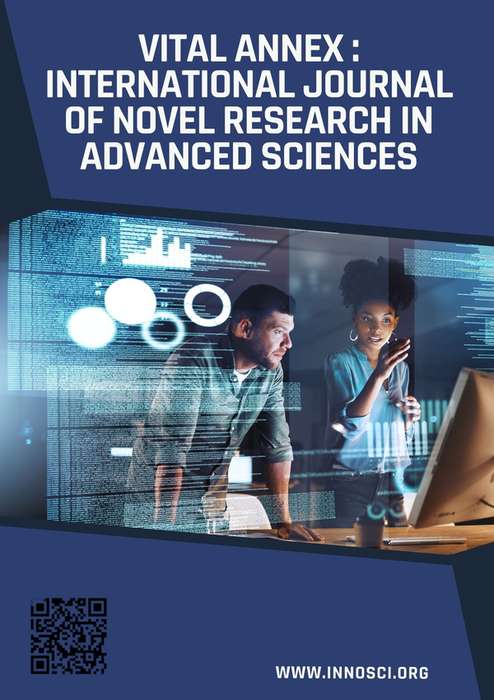AI-Based Automated Content Generation and its SEO Effectiveness
Keywords:
AI-Generated Content, Search Engine Optimization (SEO), Digital Marketing, Content Ranking, User Engagement, Bounce Rate, Dwell Time, Conversion Rates, Hybrid Content Strategy, AI Automation, Human RefinementAbstract
This study examines the impact of AI-generated content on SEO, evaluating its effectiveness, advantages, and limitations. Using a combination of quantitative and qualitative analysis, the research compares AI-generated and human-written articles based on search engine rankings, user engagement, and conversion rates. Findings show that AI content initially ranks well (+35%) due to keyword optimization but experiences a 48% decline over time due to high bounce rates (68%) and lower audience engagement. Human-written content consistently outperforms AI in credibility, originality, and conversion rates, highlighting the importance of human oversight in content creation. The study concludes that a hybrid approach—combining AI efficiency with human refinement—yields the best SEO results. As search engines prioritize quality and authenticity, businesses should balance AI automation with human creativity to ensure long-term SEO success.
References
[1] Y. Tang and X. Ma, AI-generated Content: First International Conference, AIGC 2023, Shanghai, China, August 25–26, 2023, Revised Selected Papers, Springer, 2023.
[2] Y. Liu and K. L. Siau, "Generative Artificial Intelligence and Metaverse: Future of Work, Future of Society, and Future of Humanity," SpringerLink, 2023.
[3] P. Mudgal and R. Wouhaybi, "An Assessment of ChatGPT on Log Data," SpringerLink, 2023.
[4] H. Stiff and F. Johansson, "Detecting computer-generated disinformation," Int. J. Data Sci. Anal., vol. 13, no. 4, pp. 363–383, 2022.
[5] J. Boyd-Graber, N. Okazaki, and A. Rogers, "ACL 2023 policy on AI writing assistance," Assoc. Comput. Linguistics, 2023.
[6] T. Fagni, F. Falchi, M. Gambini, A. Martella, and M. Tesconi, "Tweepfake: About detecting deepfake tweets," PLoS ONE, vol. 16, no. 5, 2021.
[7] S. Munir et al., "Through the looking glass: Learning to attribute synthetic text generated by language models," in Proc. 16th Conf. European Chapter of the Association for Computational Linguistics, 2021, pp. 1811–1822.
[8] A. Uchendu, T. Le, K. Shu, and D. Lee, "Authorship attribution for neural text generation," in Proc. EMNLP 2020, 2020, pp. 8384–8395.
[9] A. Hashemi and W. Shi, "Enhancing writing style change detection using transformer-based models and data augmentation," in Proc. CLEF 2023—Conference and Labs of the Evaluation Forum, 2023.
[10] Z. Feng et al., "Data Adaptive Semantic Communication Systems for Intelligent Tasks and Image Transmission," SpringerLink, 2023.
[11] Q. Hu et al., "CanFuUI: A Canvas-Centric Web User Interface for Iterative Image Generation with Diffusion Models and ControlNet," SpringerLink, 2023.
[12] "Artificial intelligence (AI) applications for marketing: A literature-based study," ScienceDirect, 2023.
[13] F. Chen et al., "Controllable Feature-Preserving Style Transfer," SpringerLink, 2023.
[14] "AI-generated or AI touch-up? Identifying AI contribution in text data," Int. J. Data Sci. Anal., 2023.
[15] S. Tong and H. Liu, "MFAR-VTON: Multi-scale Fabric Adaptive Registration for Image-Based Virtual Try-On," SpringerLink, 2023.
Downloads
Published
How to Cite
Issue
Section
License
Copyright (c) 2025 Ostanaqulov Xojiakbar Mansurqul o‘g‘li

This work is licensed under a Creative Commons Attribution 4.0 International License.



